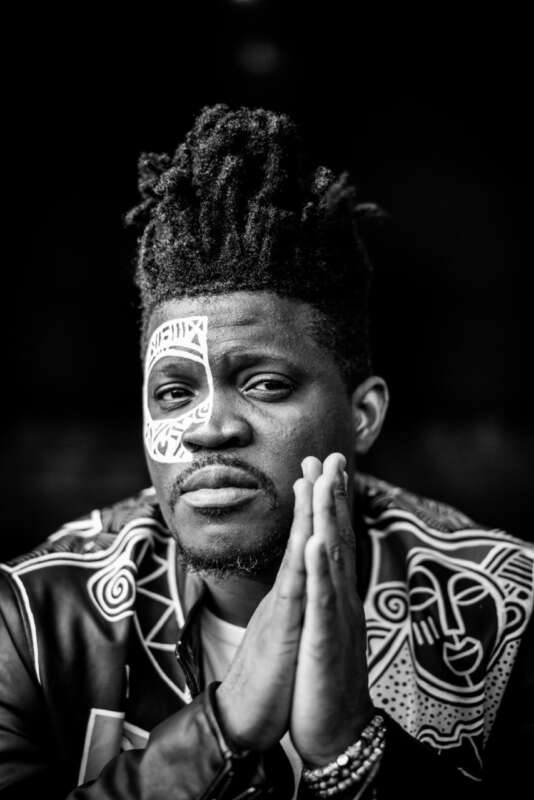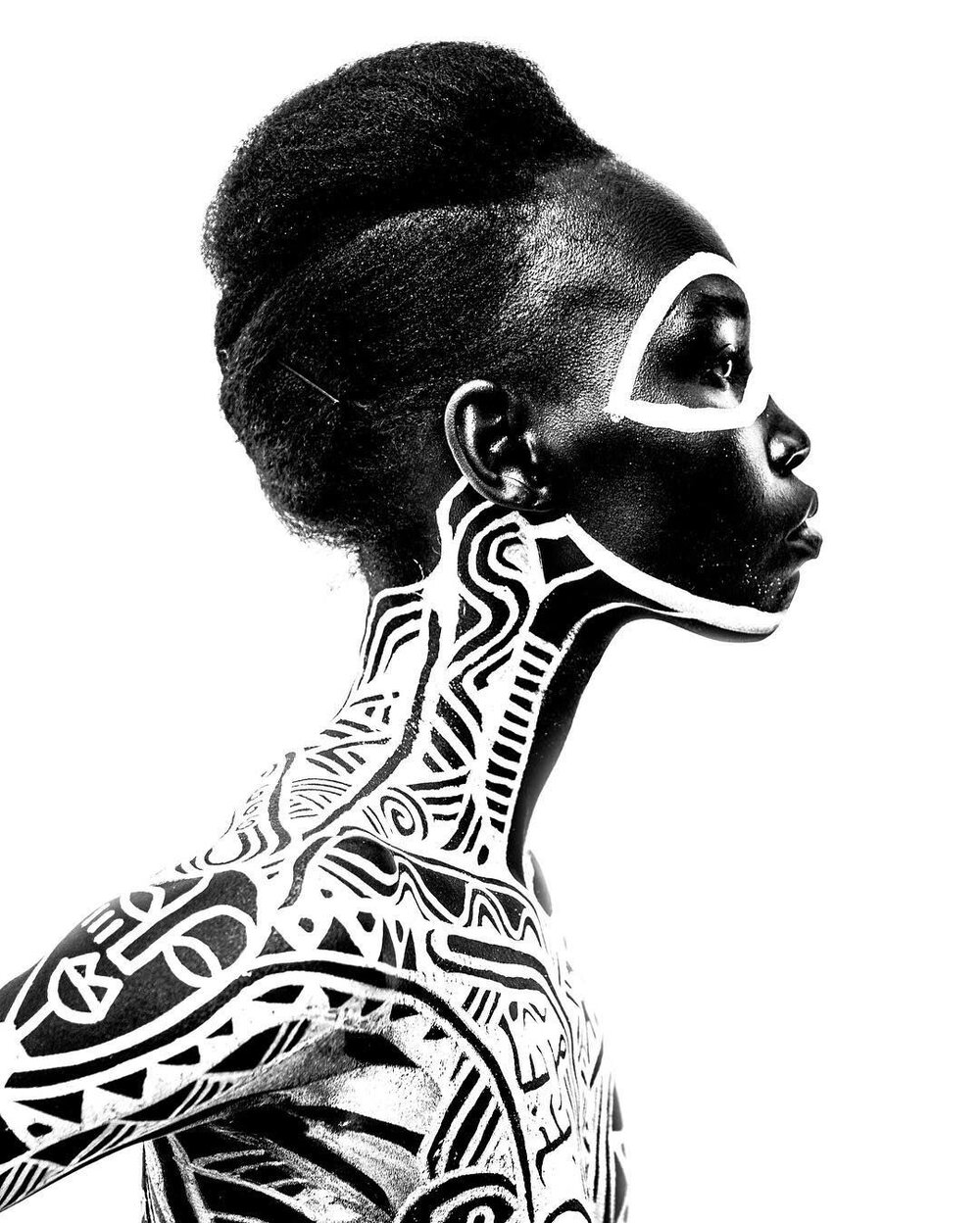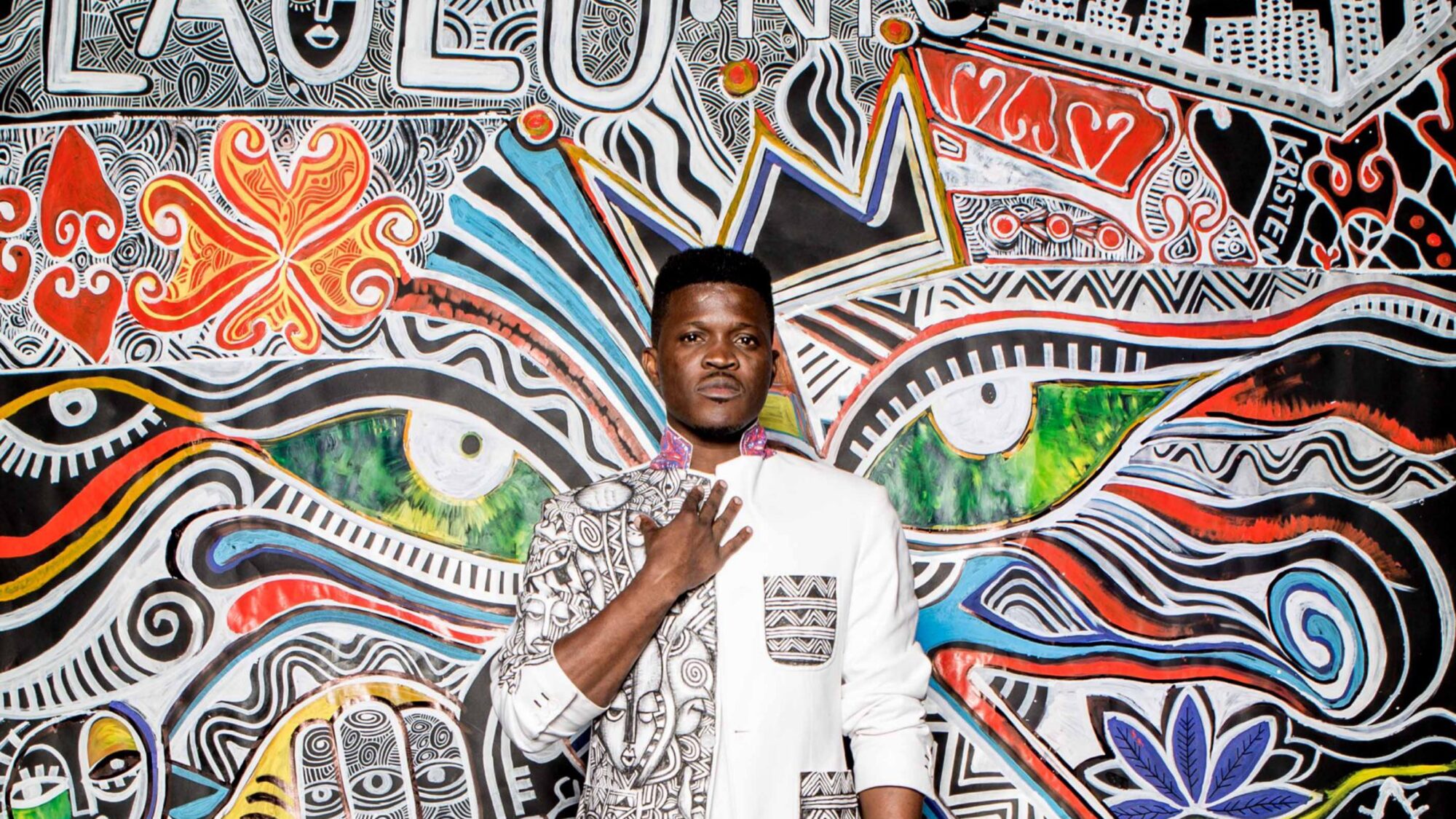Laolu Senbanjo, also known as ‘Laolu NYC,’ seamlessly weaves tradition and modernity to create a visual language that transcends cultural boundaries. As a cultural ambassador, he bridges the gap between the ancestral and the contemporary, drawing inspiration from Yoruba tradition and coining two distinct art styles: Afromysterics and the Sacred Art of The Ori.

At the core of Senbanjo’s art is his belief that ‘everything is his canvas,’ including people. Utilizing his Ori art form, Senbanjo transforms bodies into living canvases that tell stories of identity, spirituality, and the interconnectedness of humanity.
Beyond his artistic prowess, Senbanjo is a multifaceted individual—a performance and visual artist, singer, songwriter, musician, human rights lawyer, and activist. His work delves into social activism, addressing issues of race, equality, and cultural preservation.
Moreover, Senbanjo is dedicated to the fight against malaria, championing the Draw the Line Malaria campaign. Leveraging his platform, he passionately advocates for malaria awareness and prevention, using his art to illuminate the devastating impact of this disease.
You can learn more about Laolu Sebanjo, his art, and his part in the fight against malaria by visiting his website: laolu.nyc.


*All images are © 2023 Laolu Senbanjo unless otherwise stated.
Disclaimer: The views and opinions expressed in this interview are those of the interviewees and do not necessarily reflect the views or positions of Public Health Landscape or Valent BioSciences, LLC.
